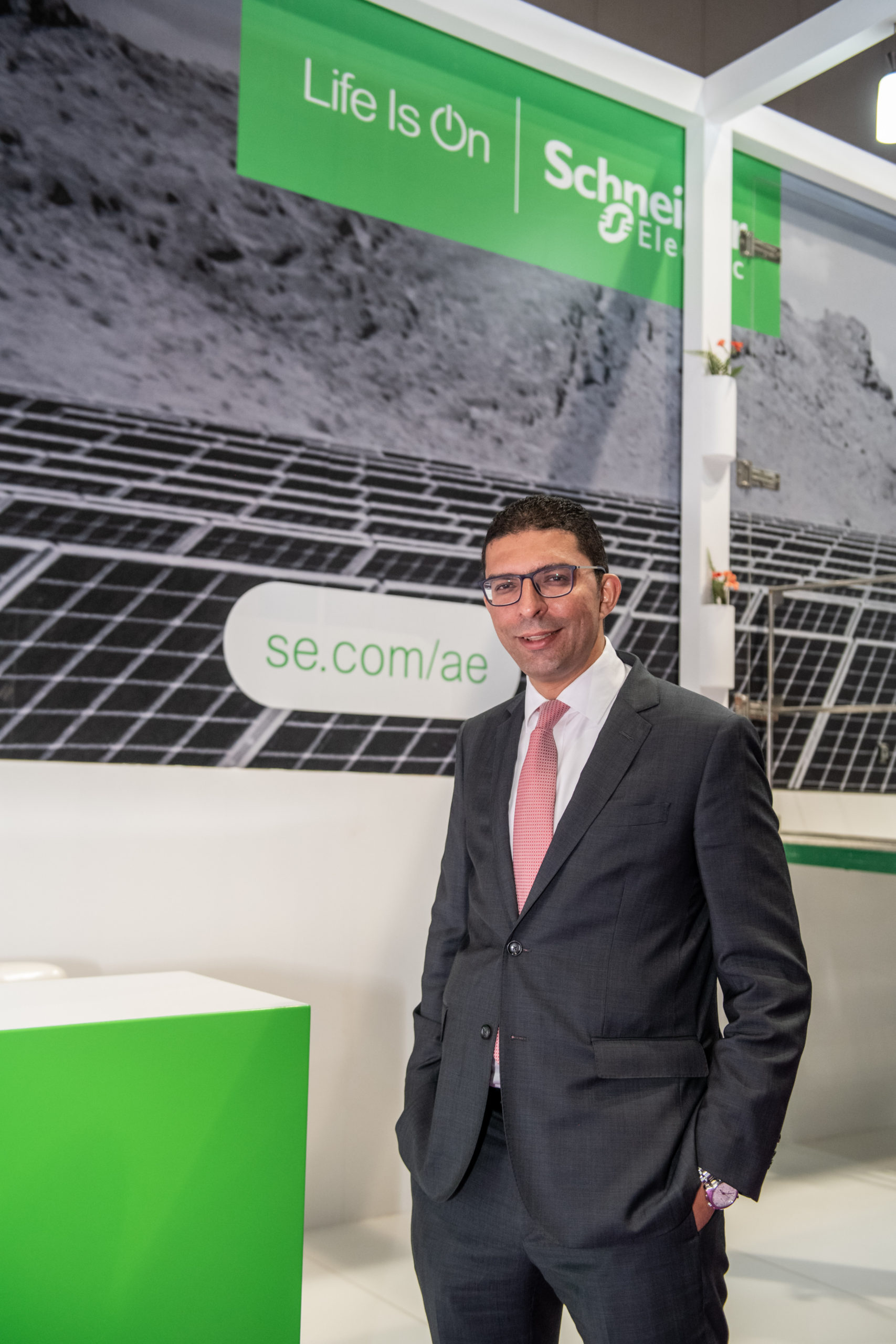By Ahmed Fateen, Power Systems Vice President, Schneider Electric Gulf
There’s no simple way to say this. Globally, we are facing a water crisis. According to the United Nations Development Programme (UNDP, 2.2 billion people lack access to safe water. That’s a quarter of the people of the planet. By 2030, water scarcity in arid and semi-arid regions will displace between 24 million and 700 million people. And yet, global water demand is set to skyrocket. We’re going to need 55 percent more water by 2050. How do we meet this need when we’re going to see a 40 percent water deficit by 2030? Our water scarcity is going to harm economies significantly, with some regions expected to lose up to six percent of their GDP by 2050.
We are way off track when it comes to ensuring water access for all. And that’s not all. The Producing, pumping, treating and transporting water consumes 8% of the world’s energy. The industry has a dual challenge – how to provide enough water to meet our needs whilst reducing energy consumption to combat the climate crisis the world faces.
There’s two solutions to this issue. The first is to refocus on nature’s own solutions. This blog by the UNDP’s Amanda Bielawski and Jamison Ervin sets out how we should turn to ecological ideas, such as forest and watershed restoration, to rebalance our water needs.
I want to put forward another idea, that of technology. Let me give you a simple example. Agriculture accounts for 70 percent of all freshwater withdrawals worldwide, according to the World Bank. But we have a chance to do things differently. Take for example agritech, agricultural technology and plant farms. These are facilities that don’t need access to natural sunlight. They use high intensity lighting and vertical rows to fit as much produce into as small a space as possible, making them incredibly efficient.
Most importantly, plant farms require 95% less water and 99% less land than conventional farms. The farms are monitored by software and don’t use pesticides. Given that they require a smaller space than your traditional farm, plant farms can also be developed closer to or even in cities, cutting down on transportation to the retailer and consumer.
Even traditional farming can make smart use of technology to cut down on water usage. In Saudi Arabia we’re working with date farmers in Al-Hasa to cut down on their water needs over an area of 16,000 hectares. By using a combination of internet-connected water flow meters and supervisory control and data acquisition software, we’ve helped the farmers reduce water usage by up to 40% without impacting crop yield.
And then there’s our water networks. We can achieve major energy savings by implementing simple ideas. For example, we’re working with JV Acciona/Passavant to make El-Gabal El-Asfar is the largest wastewater treatment plant in Africa and the Middle East more energy efficient. This facility is massive and can treat over 2,500,000 m3 of water a day to support the twelve and a half million Egyptians who live on the Nile’s east bank in the Greater Cairo area. By installing hardware such as variable speed drives, we can substantially reduce the station’s power needs.
Water is vital to all life, and the issue cannot wait. We’ve got to prioritize how we can make more clean water available to hundreds of millions of people throughout the world, whilst also ensuring that we don’t deplete our world’s natural water resources. Technology will play a role in making this happen. But more than this, we must invest now if we’re going to preserve the one resource we quite literally cannot live without.



